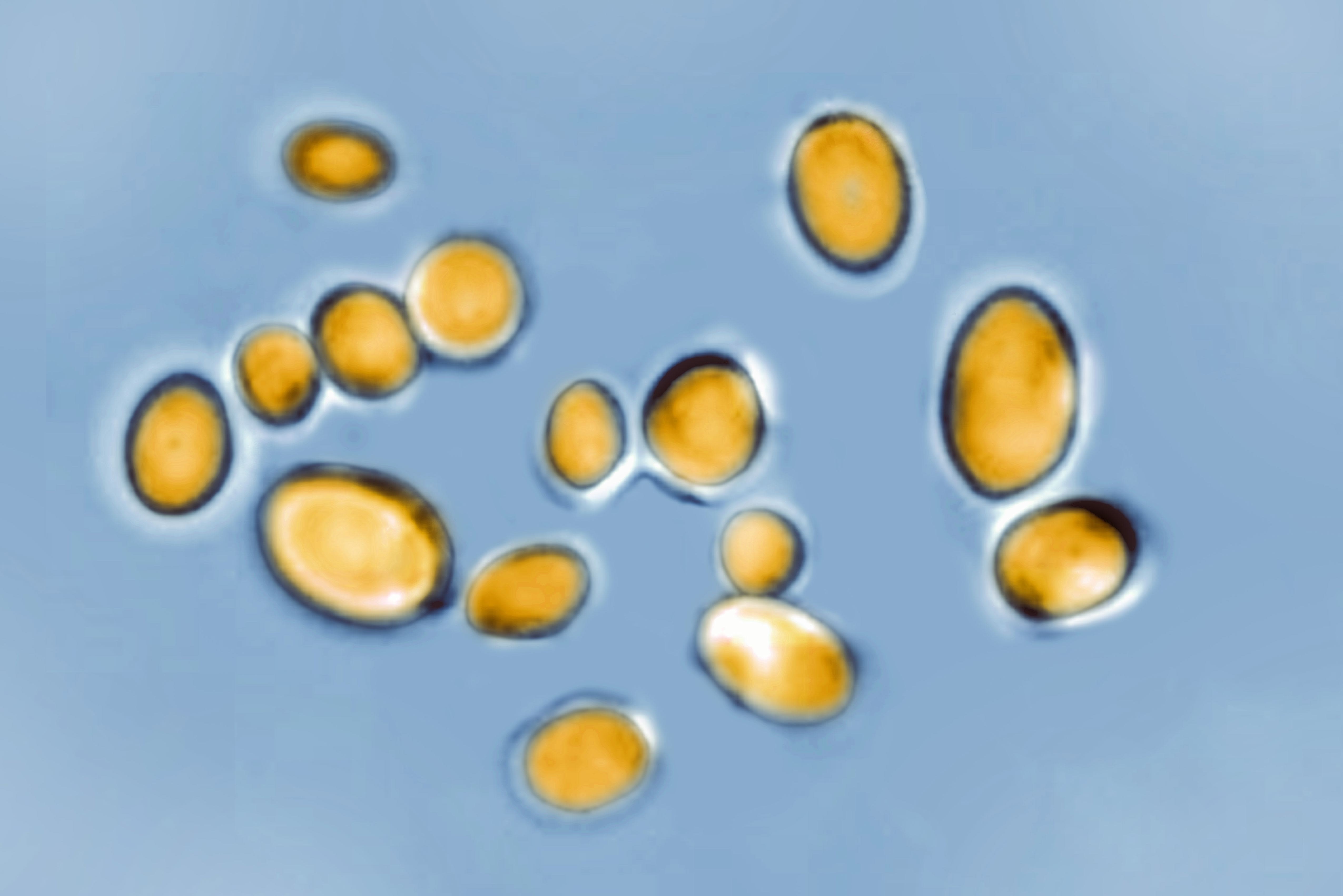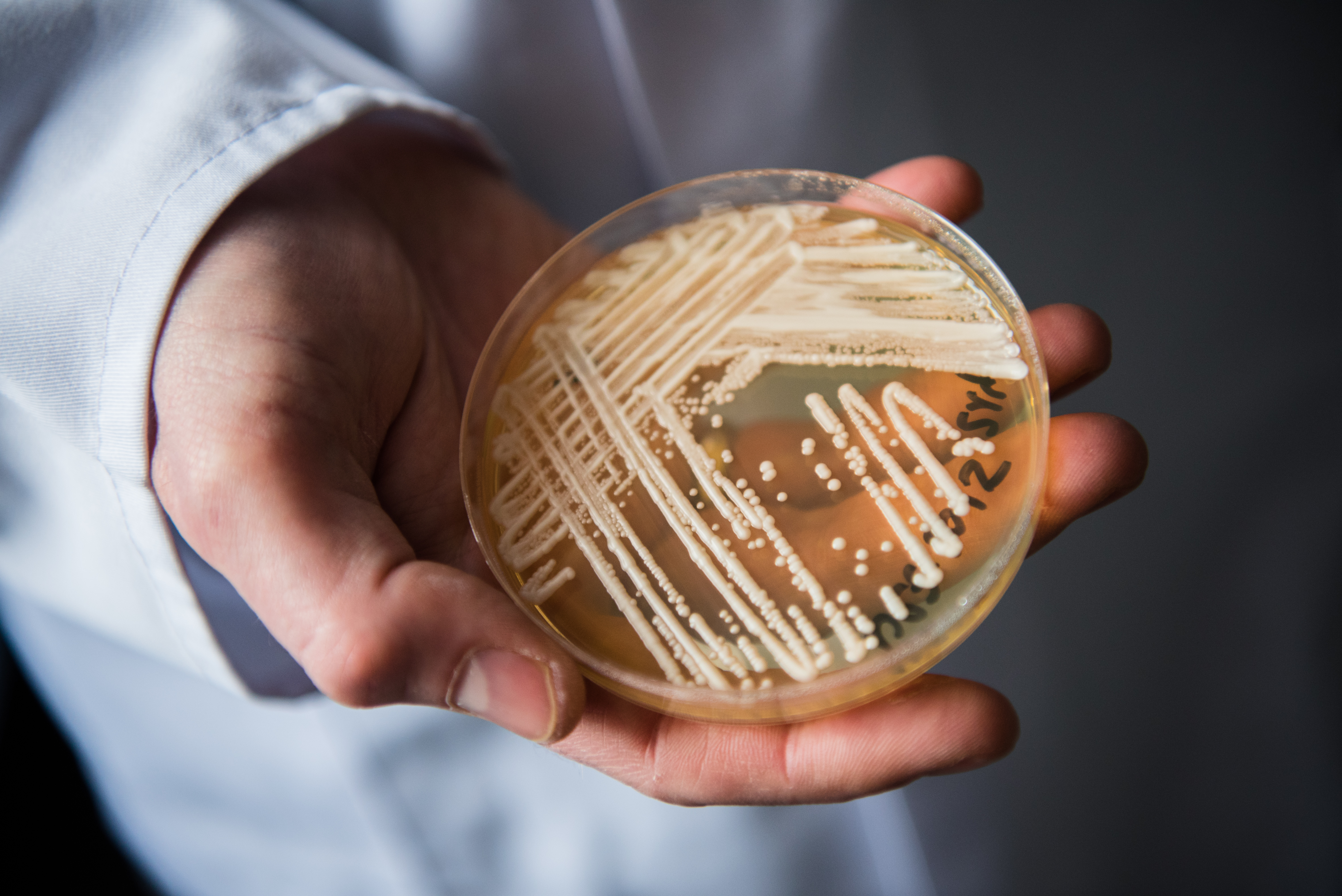U.S. cases of a dangerous fungal infection are spreading at an "alarming rate," according to a recent CDC report, and now New York is taking steps to prevent more people from getting sick from the fungal infections.
Even though the number of cases in the country has tripled over just three years — and more than half of states have now reported it, a new study showed — infections from the fungus known as Candida auris go back a few years in New York, with the first case detected in 2016 (another case from 2013 was identified retroactively, and was the first-ever case in the U.S.).
On Wednesday, the state released a chart showing just how many cases New York has seen over the past decade, with the most by far coming in 2022, as well as the two years previous during the heights of the COVID-19 pandemic.
| Year | Number of Clinical Cases | Number of Surveillance Cases |
| 2013 | 1 | 0 |
| 2014 | 0 | 0 |
| 2015 | 0 | 0 |
| 2016 | 26 | 11 |
| 2017 | 99 | 128 |
| 2018 | 158 | 254 |
| 2019 | 178 | 306 |
| 2020 | 250 | 200 |
| 2021 | 291 | 348 |
| 2022 | 379 | 498 |
| *2023 | 72 | 125 |
| Total* | 1454 | 1870 |
Get Tri-state area news and weather forecasts to your inbox. Sign up for NBC New York newsletters.
Coronavirus likely drove part of the increase, researchers at the Centers for Disease Control and Prevention wrote in the paper published Monday by Annals of Internal Medicine. Hospital workers were strained by COVID patients, and that likely shifted their focus away from disinfecting some other kinds of germs, they said.
Candida auris is a form of yeast that is usually not harmful to healthy people but can be a deadly risk to fragile hospital and nursing home patients. It spreads easily and can infect wounds, ears and the bloodstream. Some strains are so-called superbugs that are resistant to all three classes of antibiotic drugs used to treat fungal infections.
It was first identified in Japan in 2009 and has been seen in more and more countries. The fungus can survive on surfaces in healthcare locations, where it can spread between patients. Those with multiple co-morbidities and who require a machine to breathe are among the highest risk to catch the infection, the state said.
Most of the cases in New York have been found in facilities in the New York City area, though some have been from outside the metropolitan area.
The new study found cases have continued to shoot up nationwide, rising to 476 in 2019, to 756 in 2020, and then to 1,471 in 2021. Doctors have also detected the fungus on the skin of thousands of other patients, making them a transmission risk to others.
Many of the first U.S. cases were infections that had been imported from abroad, but now most infections are spread within the U.S., the authors noted.
On Wednesday, New York Gov. Kathy Hochul said that the first step in preventing the fungus from spreading is being able to identify and monitor cases "before they begin to rapidly spread." She went on to call the CDC report "concerning," but said that the state Department of Heath's "ability to track these infections is nation-leading and continues to help us take the aggressive action needed to contain this threat and ensure our health care facilities are safe."
The state Health Department said it will continue to provide guidance to help hospitals and nursing homes be ready for any potential outbreaks, as well as assisting in enhancing surveillance for the fungus while implementing prevention and control measures.
The department said that anyone who found to be infected with the fungus should be moved to a private room, or to an area with patients or residents with the same infection — similar measures taken when COVID was ravaging the state in 2020.
Most of all, Acting Health Commissioner Dr. James McDonald emphasized that there "is little risk from Candida auris to the general public," and explained how it can be prevented.
"Candida auris typically infects people who are already sick, it is preventable by thorough hand washing and cleaned surfaces as well as personal protective equipment," said. Dr. McDonald.



